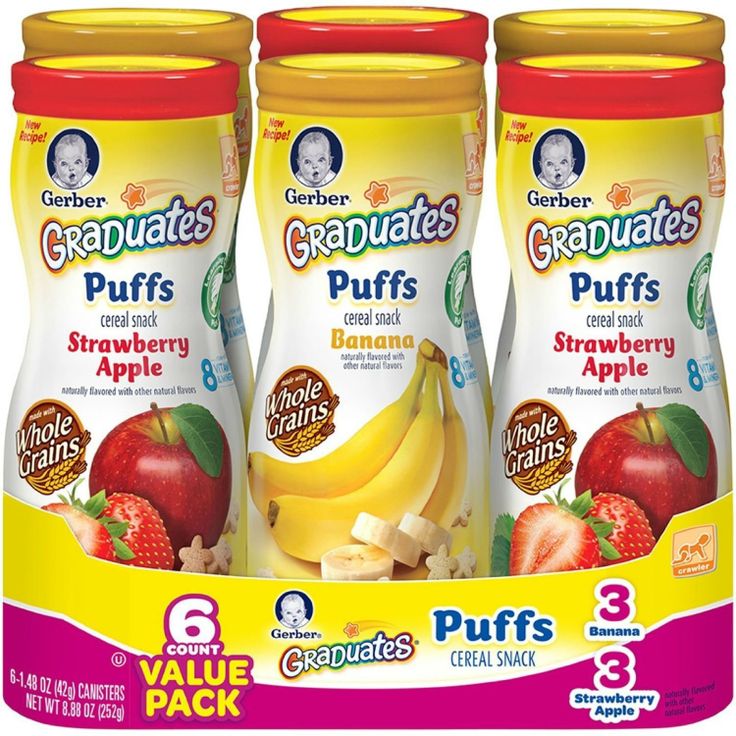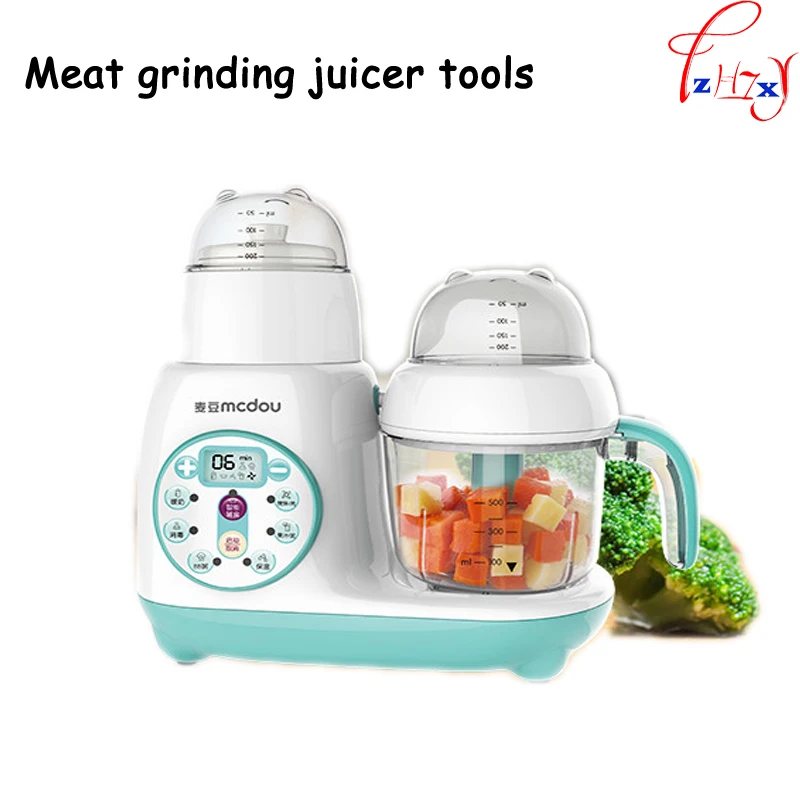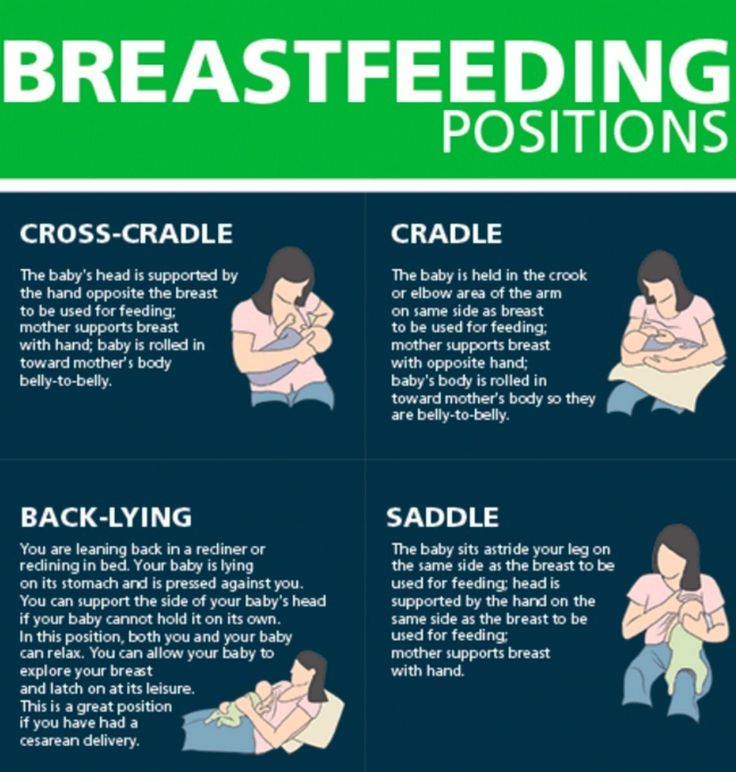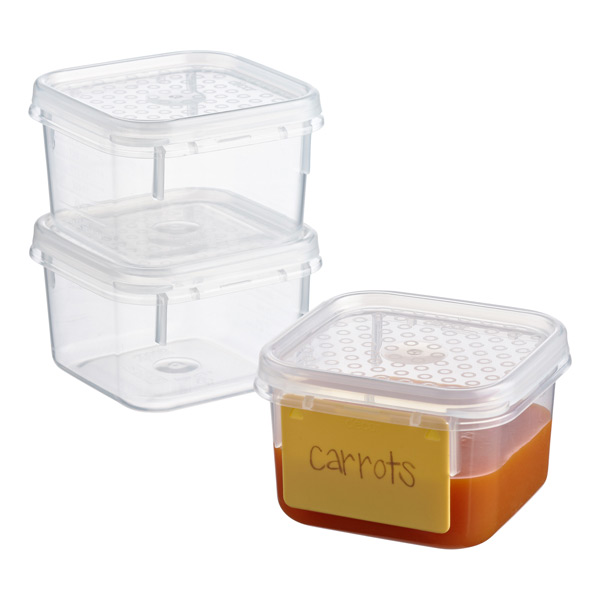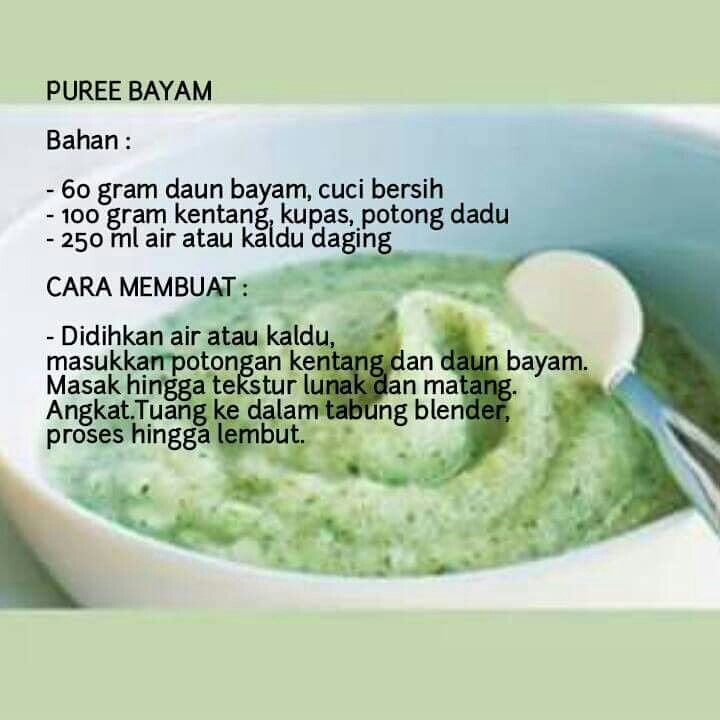Shield baby feeder
Buy SHIELD EVENFLO FEEDER 125ML
by SHIELD
Save 30%
Original price Rs.149.99
Current price Rs.105.00
Share this:- Medicine Overview
- Review
Medicine Overview
SHIELD EVENFLO FEEDER 125ML
WHAT IS SHIELD EVENFLO FEEDER 125ML
Shield Evenflo feeder 125ml is the best feeder bottle for growing babies. Like most parents are worried about the growing babies' diet, but with Shield Evenflo feeder 125ml, you can easily relax and help your child learn and grow about their feeding habits. Shield Evenflo feeder 125ml is the most trusted product by many parents. Shield Evenflo feeder 125ml bottles are made of polycarbonates, lowering the risk of bacterial germs. Shield Evenflo feeder 125ml belongs to the baby care category. You can buy Shield Evenflo feeder 125ml from EHAD pharmacy at the most comfortable price.
USES OF SHIELD EVENFLO FEEDER 125ML
Shield Evenflo feeder 125ml has many benefits, which are mentioned below:
- Shield Evenflo feeder 125ml bottles are very convenient for use.
- Shield Evenflo feeder 125ml is quite flexible for babies to hold.
- Your spouses can also handle Shield Evenflo feeder 125ml bottles.
- Shield Evenflo feeder 125ml can help in scheduling feeding also.
SHIELD EVENFLO FEEDER 125ML USES IN URDU
شیلڈ ایون فلو فیڈر 125 ملی لیٹر کے بہت سے فوائد ہیں، جن کا ذکر ذیل میں کیا گیا ہے۔
- شیلڈ ایون فلو فیڈر 125ml کی بوتلیں استعمال کے لیے بہت آسان ہیں۔
- شیلڈ ایون فلو فیڈر 125 ملی لٹر بچوں کے لیے کافی لچکدار ہے۔
- آپ کے میاں بیوی شیلڈ ایون فلو فیڈر 125 ملی لیٹر کی بوتلیں بھی سنبھال سکتے ہیں۔
- شیلڈ ایون فلو فیڈر 125 ملی لیٹر فیڈنگ کو شیڈول کرنے میں بھی مدد کر سکتا ہے۔
SPECIFICATIONS OF SHIELD EVENFLO FEEDER 125ML
Shield Evenflo feeder 125ml has the following specifications, which are mentioned below:
- Shield Evenflo feeder 125ml has a translucent and curved body.

- Shield Evenflo feeder 125ml is available in many adorable patterns and designs on feeder bottles.
- Shield Evenflo feeder 125ml is used for the even flow of milk to the newborn.
- Shield Evenflo feeder 125ml bottles have an easy gripping handle for your babies, which helps in independent drinking.
PRECAUTIONS OF SHIELD EVENFLO FEEDER 125ML
Shield Evenflo feeder 125ml has some preventive measures to follow for your babies:
- To avoid bacterial and germ contamination, make sure to boil the Shield Evenflo feeder 125ml bottles after two days.
- Do not microwave or overheat the bottle of Shield Evenflo feeder 125ml.
- Shield Evenflo feeder 125ml can be easily sterilize without the damage to the bottle.
Disclaimer
Consult your doctor and discuss your queries related to any medicine or disease.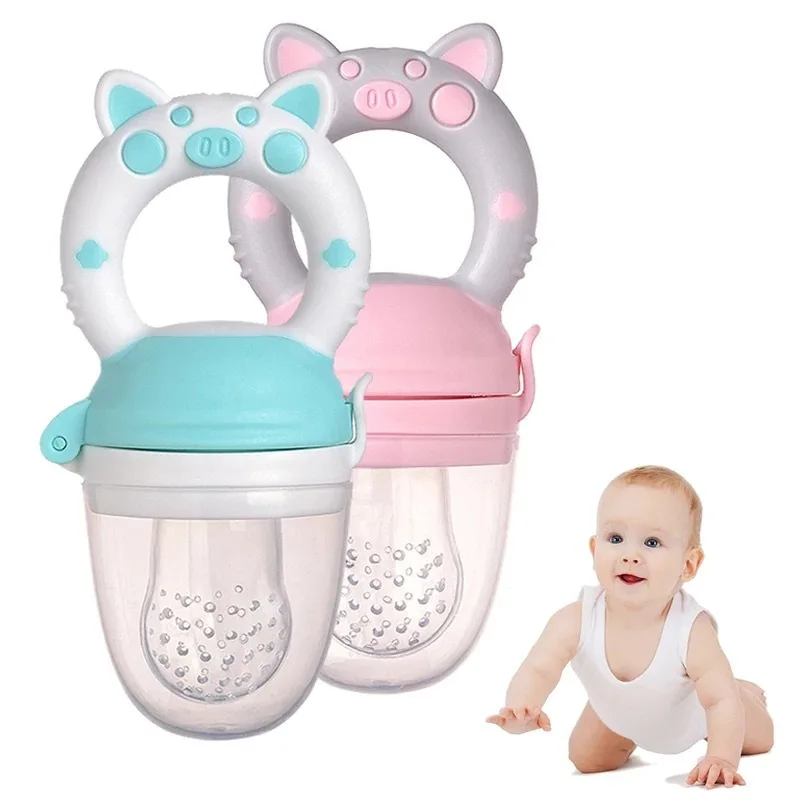 EHAD PHARMACY's aim is to make sure that its consumers get material that is correct, reviewed by an expert, and error-free. However, the material stated here should not be used as a replacement for the advice of a qualified physician. The information given here is for informational purposes only, which may not cover all possible precautions, side effects, contraindications, or drug interactions.
EHAD PHARMACY's aim is to make sure that its consumers get material that is correct, reviewed by an expert, and error-free. However, the material stated here should not be used as a replacement for the advice of a qualified physician. The information given here is for informational purposes only, which may not cover all possible precautions, side effects, contraindications, or drug interactions.
Buy medicine online in Pakistan from the most trusted online pharmacy EHAD. Free delivery along with cash on delivery & up to 35% discount. Buy from EHAD Online Pharmacy, your medicine, mother care, baby care, personal care, healthcare supplements, and wellness products online. Give us a call to order medicine at +92 334 1113423.
Review
When & How To Use Them
Overview
A nipple shield is a thin silicone device that covers your real nipple during breastfeeding. It helps babies who are having issues latching onto the breast.What is a nipple shield?
A nipple shield is a silicone device worn over your nipple to help your baby if they struggle with breastfeeding (chestfeeding or nursing).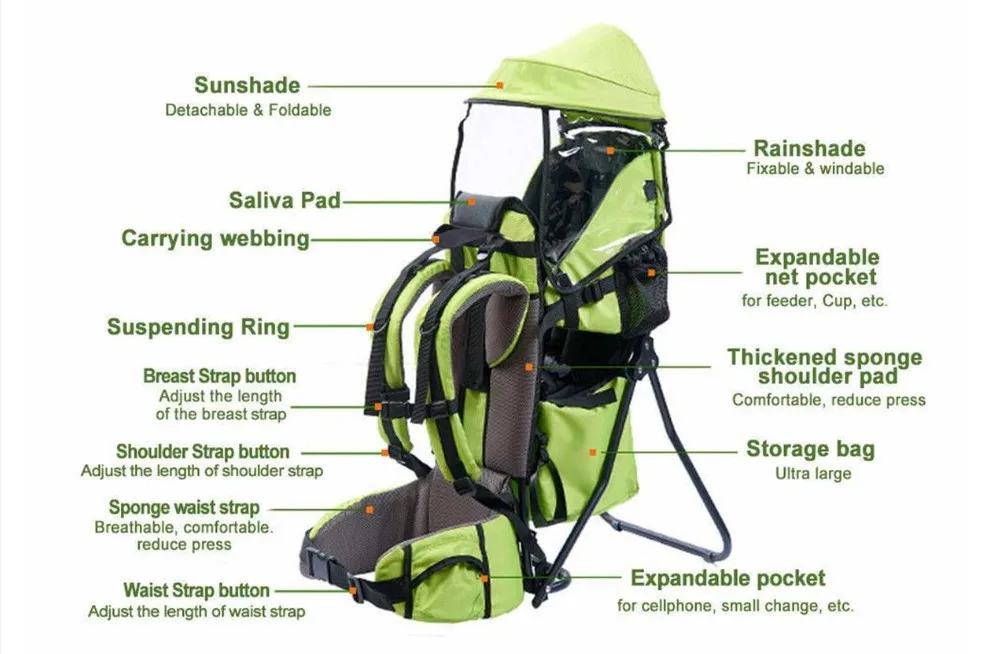 Nipple shields have a base that wraps around your areola (skin around your nipple) with a cone-shaped area for your nipple. Some nipple shields have an area cut out to allow more skin-to-skin contact between you and your baby. The nipple part of the shield has tiny holes at the tip that allow milk to flow into your baby’s mouth. Most nipple shields are thin, flexible and transparent.
Nipple shields have a base that wraps around your areola (skin around your nipple) with a cone-shaped area for your nipple. Some nipple shields have an area cut out to allow more skin-to-skin contact between you and your baby. The nipple part of the shield has tiny holes at the tip that allow milk to flow into your baby’s mouth. Most nipple shields are thin, flexible and transparent.
You use a nipple shield when your newborn isn’t nursing or nursing ineffectively due to poor latch or other issues. You stop using a nipple shield when your baby gets better at nursing and the breastfeeding issues resolve. Nipple shields are used as a last resort when other methods to establish breastfeeding don’t work. They should be used temporarily and under the guidance of your healthcare provider or a lactation consultant.
When do people use nipple shields?
People use nipple shields when their baby is learning how to breastfeed, usually in the first several weeks after birth. Some babies struggle early on with latching (or attaching) to the breast for various reasons.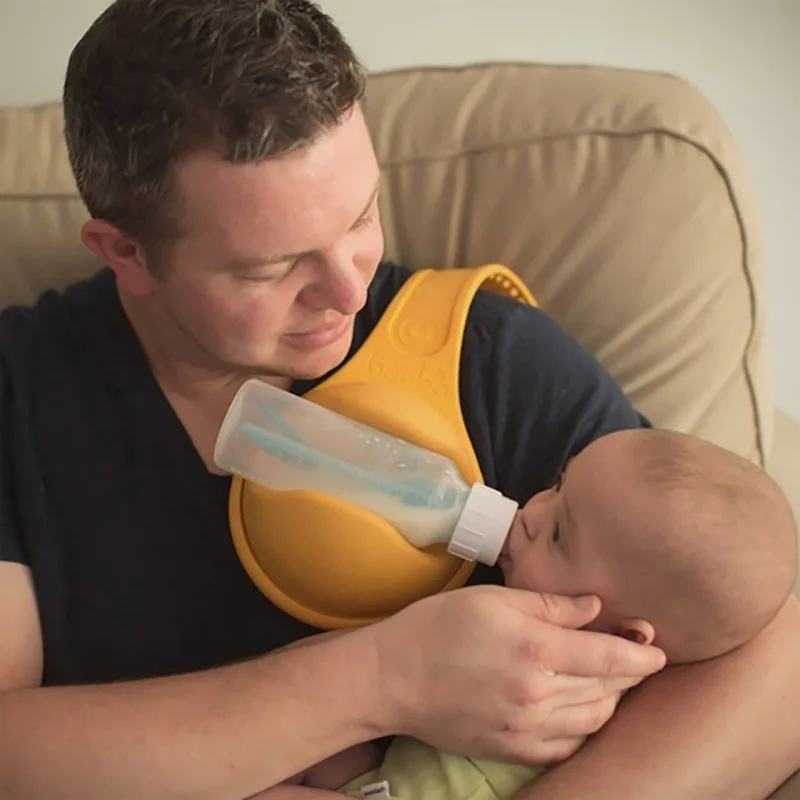 This can cause your baby not to get enough milk and lead to poor weight gain. Using a nipple shield can give your baby extra time to learn to nurse or improve their ability to suck.
This can cause your baby not to get enough milk and lead to poor weight gain. Using a nipple shield can give your baby extra time to learn to nurse or improve their ability to suck.
For parents who wish to breastfeed, using a nipple shield can let them continue breastfeeding and avoid pumping into bottles or switching to formula.
Speak to a lactation consultant before using a nipple shield. They’ll want to try other methods to improve breastfeeding before recommending a nipple shield. Once your baby gets the hang of nursing and things are going more smoothly, your lactation consultant can help you stop using, or wean from, a nipple shield.
What does a nipple shield help with?
A nipple shield helps with your baby’s latch. Your baby’s latch refers to how their mouth attaches to your nipple and areola during breastfeeding. A good latch helps your baby empty the breast and get enough milk during feedings. An improper latch is a common cause of breastfeeding pain. This is because your baby is sucking just the tip of your nipple instead of taking the entire areola into their mouth.
A nipple shield may be helpful when:
- Your baby is premature. Premature babies may not be strong enough to suck or latch on to a human nipple.
- Your baby has a tongue-tie, tongue thrust or retracted tongue. These can be fixed or may improve over time.
- You have inverted, short or flat nipples. A nipple shield helps by making your nipple longer and harder.
- You have very soft breasts. A shield helps by making your breasts feel more firm.
- Your baby needs more stimuli to begin sucking. A more extended nipple can help stimulate the roof of your baby’s mouth, where the suck reflex is.
- Your nipples are sore, cracked or bleeding from a poor latch. Wearing a shield could help your nipples heal.
- You have an overactive let down. A let down refers to the initial flow of milk from your nipple.
- You’re transitioning your baby from a bottle to breastfeeding.
Speak with your lactation consultant before using a nipple shield.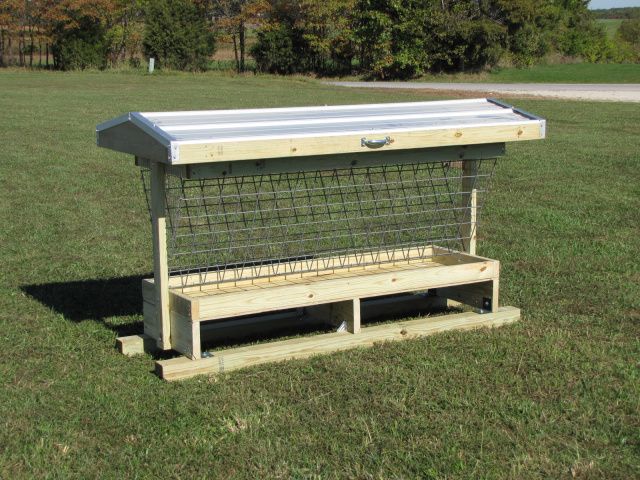 They’ll want to observe your baby’s latch and nursing position to ensure a nipple shield is truly necessary. Sometimes, minor adjustments can prevent you from needing a nipple shield.
They’ll want to observe your baby’s latch and nursing position to ensure a nipple shield is truly necessary. Sometimes, minor adjustments can prevent you from needing a nipple shield.
Procedure Details
How do you put a nipple shield on?
It’s important that your nipple shield is the right size and is applied correctly. Using a nipple shield incorrectly will lead to more problems with breastfeeding or prevent milk from flowing from your breast to your baby.
Steps for putting on a nipple shield:
- Turning your nipple shield inside out before applying helps draw your nipple into the cone-shaped area of the shield better.
- Place your thumbs on the base of the nipple, then flip it halfway inside out. That'll leave a small dimple at the end. Your nipple should be drawn into the nipple area of the shield as deeply as possible once it’s applied.
- Put your nipple into that dimple. Then, stretch the silicone base of the nipple shield over your breast.
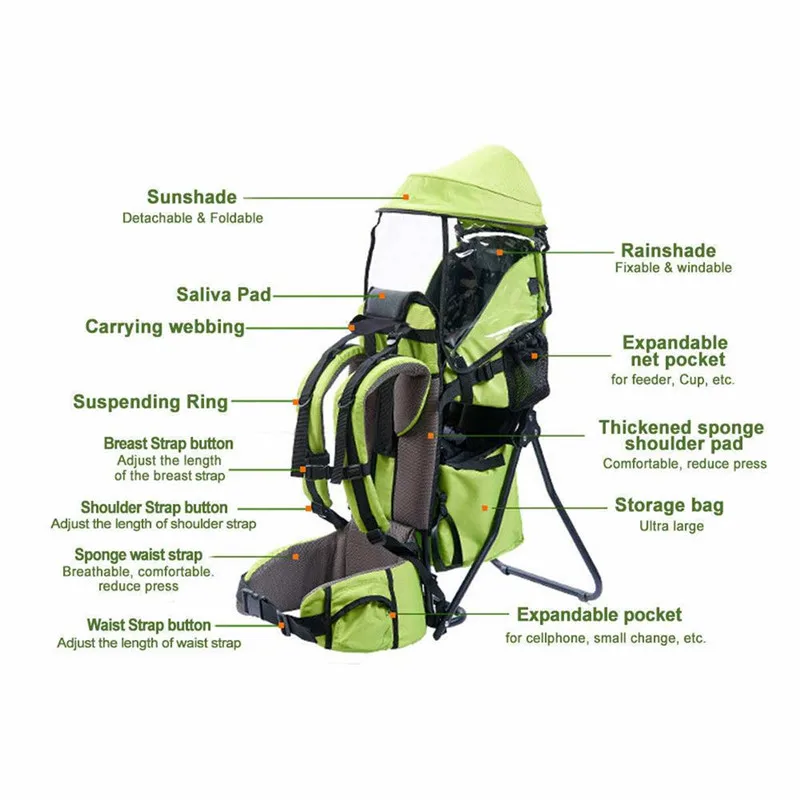
- It should feel snug around your areola, and your nipple should be deep into the nipple area of the shield. Your nipple should fit comfortably without scraping the sides.
- Applying nipple cream or water around the edge of the nipple shield can sometimes help it stick.
Your nipple shield will come with instructions you can follow. If you’re working with a lactation consultant, ask them to show you how to put on the nipple shield.
How should a nipple shield fit?
Nipple shields come in sizes. The sizes are measured in millimeters and depend on the size of your infant’s mouth. When your baby is latched correctly to a nipple shield, their mouth should be over the whole nipple with their lips extended around the areola. Your baby should not be sucking on just the tip of the nipple. Your nipple should fit inside the conical shape of the nipple shield without touching the side.
If you’re unsure what size you need, talk to your lactation consultant. They’ll guide you on selecting the correct size and even demonstrate how to put on a nipple shield.
They’ll guide you on selecting the correct size and even demonstrate how to put on a nipple shield.
How does a nipple shield work?
A nipple shield is almost like a second nipple. It goes over your breast and nipple and has tiny holes at the end where milk can transfer from your nipple to your baby’s mouth. It helps infants with trouble latching onto the breast by acting like a longer, firmer nipple. This makes it easier for your baby to learn how to latch and suck. You should stop using a nipple shield once your baby is strong enough to nurse from your nipple directly.
Risks / Benefits
What are the advantages of using a nipple shield?
Using a nipple shield is usually a last resort for lactation professionals because the drawbacks may outweigh the benefits. A nipple shield is recommended when:
- There’s an issue with your baby’s mouth or tongue that’s affecting their latch. This can be due to prematurity or a condition like tongue-tie.
- Your nipple is short or inverted and doesn’t reach the roof of your baby’s mouth (where the sucking reflex is).
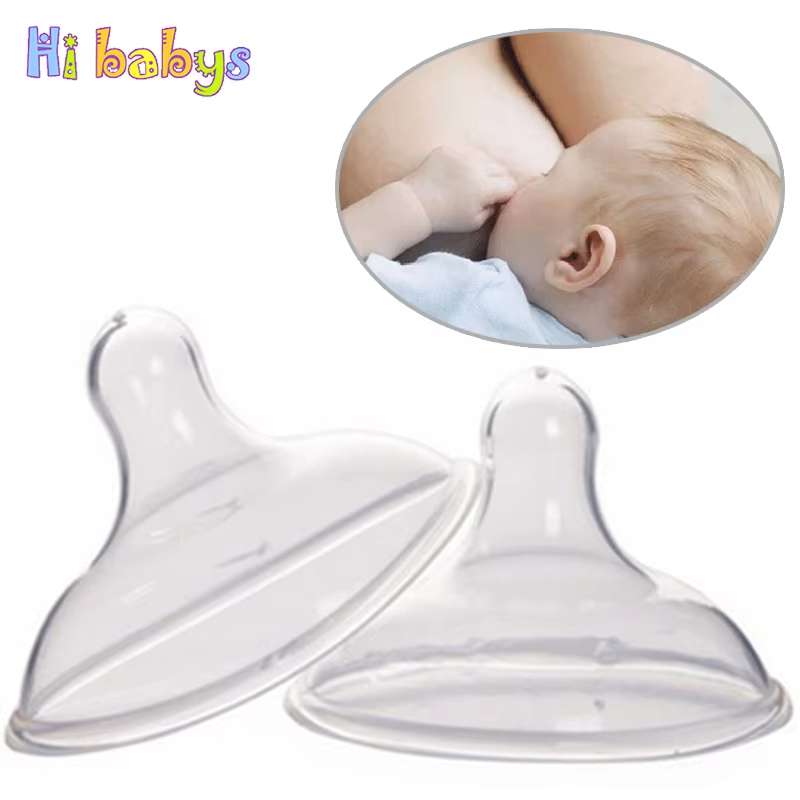
- All other methods to improve your baby’s latch have been exhausted.
- Your nipple is damaged and needs a chance to heal while you work on improving your baby’s latch.
What are the risks of using a nipple shield?
A lot of lactation professionals will avoid using a nipple shield unless it’s necessary. Some of the disadvantages of using a nipple shield are:
- It acts as a barrier between you and your baby. This can affect milk supply because there is less stimulation between your baby and your breast. The more skin-to-skin contact you can offer your baby, the better.
- It’s difficult to wean a baby from a nipple shield. They may become too dependent on it.
- There is slightly less milk transfer. You could develop mastitis more easily because your baby isn’t fully emptying your breast each feeding. This could also lead to a low milk supply.
- It’s hard to apply and use correctly, which could lead to your baby getting less milk.

How do you wean a baby from a nipple shield?
A nipple shield is meant to be a learning tool to help your baby learn to latch and nurse. This means it’s a short-term solution. Once your baby’s latch has improved, your lactation consultant will advise you to wean your baby from the nipple shield. Some tips to help you stop using a nipple shield are:
- Try weaning at times when your baby feeds the best.
- Pump until your milk “lets down,” then breastfeed.
- Go to a quiet, comfortable area without distractions.
- Offer lots of skin-to-skin contact without the nipple shield (to see if the baby latches).
- Gradually remove the shield partway through nursing or when you switch breasts.
- Breastfeed frequently and before your baby is too hungry. Hungry babies tend to be fussier.
- Try to remove the nipple shield when your baby is sleepy or almost asleep.
Consider using your lactation consultant for support during this time. They may be able to offer personalized attention to you and your baby to help ease the transition.
They may be able to offer personalized attention to you and your baby to help ease the transition.
Recovery and Outlook
How long can I use a nipple shield?
Most lactation consultants prefer to use a nipple shield for a few weeks or less. The longer a nipple shield is used, the harder it usually is to stop using one. It can also disrupt your milk supply. Your lactation professional can help you with the weaning process to make this easier for both you and your baby.
How do I know the nipple shield is working?
The best way to know your nipple shield is working is if your baby seems full or satisfied after a feeding and you hear your baby swallowing while nursing. You can also monitor how much milk they get by weighing them on a healthcare provider’s scale or counting how many wet diapers they have each day. Your baby should have at least six wet diapers per day.
When to Call the Doctor
When should I contact my healthcare provider?
Contact your healthcare provider or your lactation consultant if any of the following apply to you:
- Your baby isn’t gaining enough weight.

- Your baby seems overly fussy at the breast.
- Your nipples are cracked, sore or bleeding from nursing.
- Your baby hasn’t had a wet diaper in six hours.
In certain circumstances, they may recommend a nipple shield to help you and your baby with breastfeeding. If a nipple shield is not recommended, they’ll help you find a solution so you can continue with breastfeeding.
Additional Details
Does a nipple shield help with pain?
Yes, a nipple shield can help with cracked, sore or bleeding nipples. A bad latch causes painful nipples. If your baby continues to latch poorly to a nipple shield, you may still feel pain even while wearing one. Getting your baby to latch correctly is the first step in relieving nipple pain. Once this happens, you should be able to breastfeed without pain.
Are nipple shields recommended?
Nipple shields are recommended for some people, but not recommended for everyone. They should be used under the guidance of a lactation professional and only after weighing the pros and cons.
Where can I get a nipple shield?
You can get a nipple shield at retail stores, pharmacies or through your healthcare provider or lactation professional. They are often available at the hospital after you deliver your baby.
How do I clean my nipple shield?
Sterilize your nipple shield before its first use (if possible) by placing it in boiling water for 15 minutes. You should wash your nipple shield with hot water and soap after each use. It can also be put on the top rack of a dishwasher on a hot cycle. Make sure it’s completely dry before using it again.
A note from Cleveland Clinic
A nipple shield can be a great tool for frustrated parents and babies. If your baby is struggling with breastfeeding and nothing else has worked, your lactation consultant may recommend a nipple shield. When used correctly, it helps with nipple pain and allows your baby to maintain a good latch. It’s important to follow the guidance of your lactation professional and stop using a nipple shield once your baby has the hang of nursing. Know that you’re not alone, and many families require breastfeeding support.
Know that you’re not alone, and many families require breastfeeding support.
Medela Nipple Shield Instructions - Instructions +
Nipple Shield
Instructions for use
Nipple shield
Medela nipples can be an effective tool for a nursing mother with the problems of capturing breasts or hypertension. Nipple covers allow you to continue breastfeeding without interruption until these issues are resolved.
When to use
Flat or inverted nipples: Some babies find it difficult to latch on.
Flat or inverted nipples may contribute to latch on problems. The nipple shield gives your baby more latch on area, and breastfeeding helps pull the nipple out. This makes it easier for the baby to latch onto the breast without nipple protection.
Difficulties with latching: other babies are slow to learn to latch on in the first week. The use of a nipple shield may temporarily help the baby put his hand on the breast until the child learns proper technique without using the shield. Medela used silicone in the production of the Nipple Shield because it has minimal odor and taste.
Medela used silicone in the production of the Nipple Shield because it has minimal odor and taste.
Hyperactive flushing: Sometimes the mother has an overactive flushing reaction that can cause the baby to choke and tear off the breast. Using a nipple shield can slow down milk flow, allowing your baby to continue breastfeeding. As the baby matures and becomes more coordinated with sucking and swallowing, the
nipple shield is no longer needed.
WARNING: It is important to use a nipple shield under the direction of a healthcare professional or lactation consultant.
How it works
- Always wash the nipple shield in hot soapy water and rinse in hot water before and after use.
- Place the nipple shield in hot water before feeding. This makes the shield more flexible and fits better to the chest.
A small amount of lanolin cream under the rim, but not in the nipple area, can also help it stick to the breast.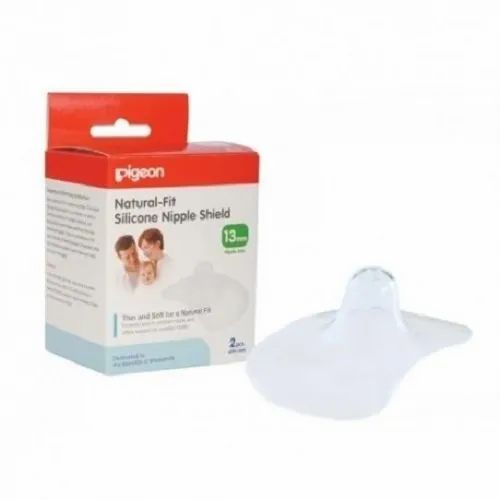
- Hold the nipple shield by the edge. Turn the nipple cover halfway inside out. Place the nipple shield on the breast so that the nipple is centered inside the nipple part of the shield. Then turn the shield right side out, covering as much of the nipple as possible. If you are using a Contact™ Nipple Shield, position the opening where your baby's nose will touch the breast.
- Support your chest with support "C". Place your thumb on your chest and nipple shield, and your fingers below, away from the areola (dark pigmented skin around the nipple).
- Tickle the baby's lower lip with the nipple until it opens WIDE, then quickly press the baby against the nipple shield so that the baby takes as much of the nipple into his mouth as possible.
- If a nipple shield is used for a baby who has difficulty latch-on, remove the nipple shield after a minute or two after breastfeeding. Try putting your baby to the breast without nipple protection. Continue doing this at every feed until the baby can latch onto the breast without the shield.
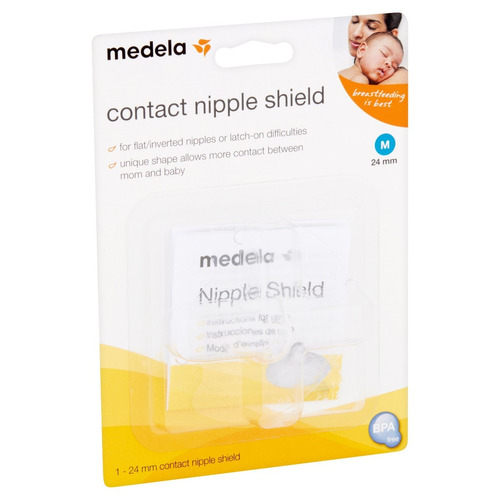 Some babies only need one or two nipple shield sessions, while others may need more.
Some babies only need one or two nipple shield sessions, while others may need more.
Cleaning and maintenance
Follow these instructions unless otherwise instructed by your doctor.
- Disinfect teat guards by boiling water thoroughly for 20 minutes. (Some healthcare professionals recommend washing nipple shields in hot, soapy water. See your doctor for cleaning instructions.)
- Store nipple up in a clean, dry, closed container.
For more help with breastfeeding, contact your doctor or lactation consultant.
For local breastfeeding specialists, you can call the National Breastfeeding Network (BNN) at 1-800-TELL YOU (in the US and Canada) or online at www.medela.com.
report this ad
Manufactured for
Medela, Inc., 1101 Corporate Drive, P .O. Box 660, McHenry IL 60051-0660, USA Phone (800) 435-8316 Fax (815) 363-1246 Email: [email protected]
www. medela.com
medela.com
Medela Canada, Inc., 4160 Sladeview Crescent, #8, Mississauga, Ontario, Canada, L5L 0A1 Tel/Tél: 800.435.8316, Fax/Téléc: 800.995.7867, [email protected]
Medela is a registered trademark of Medela . Contact is a trademark of Medela.
Medela is a registered trademark of Medela en los EE.UU. y en otros paises.
Medela est une marque déposée de Medela aux Ètats-Unis et dans d'autres pays.
1907634 B 0410 © 2010 Medela, Inc.
Documents / Resources
Recommendations
- Medela | Products for breastfeeding and medical vacuum equipment | Medela
Breastfeeding Positions | Philips
Search Support IconSearch Keywords
0008
Although breastfeeding is a natural part of motherhood, it can take practice, patience and a little preparation.![]() So, if you decide to breastfeed your baby, be prepared for the fact that you may encounter the often encountered problem of proper breastfeeding. However, do not be upset.
So, if you decide to breastfeed your baby, be prepared for the fact that you may encounter the often encountered problem of proper breastfeeding. However, do not be upset.
Breast latch is one of the most important things about breastfeeding and can be difficult for new moms, and understandably so; It is essential that the baby properly latch on to the nipple during breastfeeding so that he can get enough breast milk. Proper breast latch is also important because it allows the mother to avoid problems such as blockage of the milk ducts and sore nipples.
Learn more about how to properly care for your breasts in the Quick Guide to Breast Care article.
One of the best ways to teach your baby to latch on properly is to find a breastfeeding position that is comfortable for both you and your baby. Here we will discuss different breastfeeding positions as well as other useful tips to help you achieve a proper breastfeeding. If you have any questions or concerns, please contact your doctor or lactation specialist for further support.
How to help your baby latch on properly
Before looking at the different positions for breastfeeding, there are a few things you can do to help your baby: [1]
- Create a calm and relaxing environment. Your comfort is key when breastfeeding, so find a position that is comfortable for you to breastfeed. In a chair, or on a bed, or listening to relaxing music, make sure you are calm and relaxed before feeding.
- Skin-to-skin contact. Breastfeeding is a great opportunity to bond with your baby. Awaken your newborn's natural instincts by holding him, dressed only in a diaper, against your bare chest.
- Let your child take the lead. Gradually you will learn to understand the individual signs of hunger in your child. Usually, children begin to shake and nod their heads in the direction of the mother, toss and turn, lick their lips, stick out their tongue, showing that they are hungry.
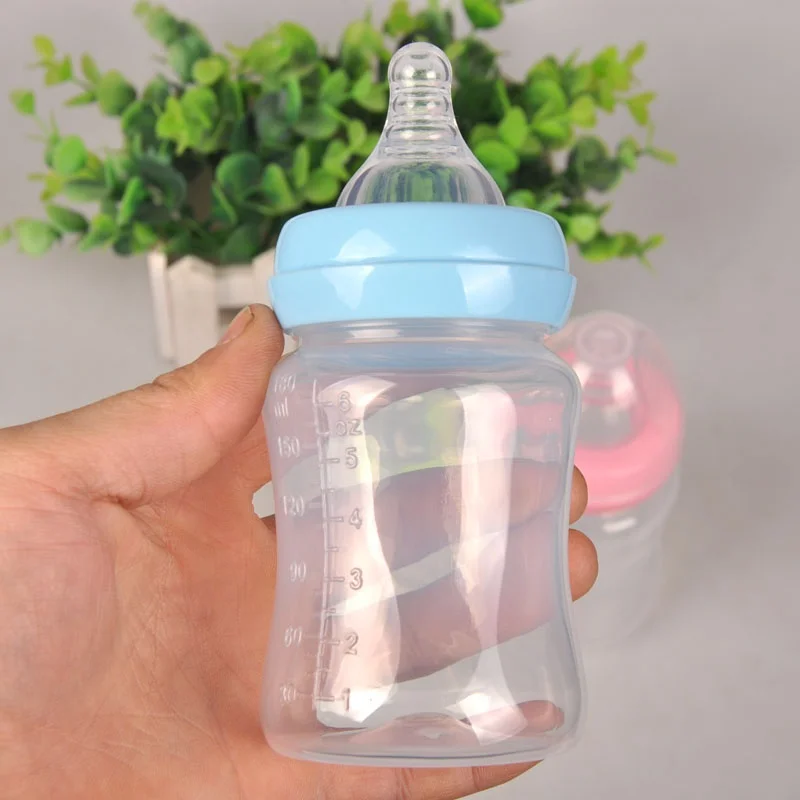
- Try not to force things. Help the baby find the breast, but try not to push the nipple into the baby's mouth.
Sensitive nipple protection. If your nipples are sore or cracked, try using soft, ultra-thin nipple guards to relieve sore nipples during feeding and prevent further nipple trauma. Due to the fact that the pads are made of thin silicone, the baby will still feel the warmth and smell of the mother's breast.
Popular breastfeeding positions to help ensure proper breastfeeding
In addition to these beneficial nursing steps, it is important to adopt a position that is comfortable for both you and your baby. Experiment with different positions until you find the one that makes you feel comfortable and helps your baby latch on properly.
Here are some of the most common positions that will help you and your baby get a good latch on during feeding: [1]
breastfeeding positions
1.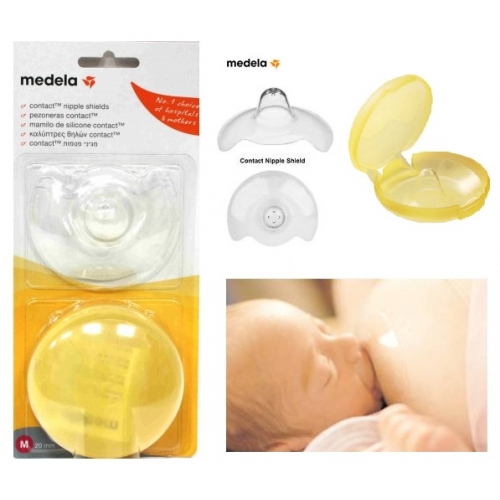 Feeding in a reclining position.
Feeding in a reclining position.
The reclining or leaning back position is ideal for mothers who are breastfeeding for the first time. To try it, simply lean back into a reclining position with pillows under your neck, shoulders, and arms. Once you have established belly-to-belly contact with your baby, let him find the breast while supporting him as much as possible.
2. Feeding in the side lying position.
If you are looking for a feeding position that allows you to feed your baby and rest at the same time, the side lying position may be perfect for you. Lie on your side, leaning on a special roller or pillow. Facing you, the baby will be able to take the breast, which lies on the pillow. You can put a towel or blanket behind your baby to keep him in place while you feed. Also, this position is well suited for mothers who cannot sit after a caesarean section.
3. Feeding in the cross cradle position.
Another great position for getting your baby to latch on properly while nursing is the “cross cradle,” which involves placing a pillow on your lap and placing your baby on its side facing you. During feeding, support the baby's back and head with the arm opposite the breast you are feeding.
During feeding, support the baby's back and head with the arm opposite the breast you are feeding.
4. Feeding in the "soccer ball" or "under the arm" position.
In order to assume this posture, you need to sit comfortably on a chair (in an armchair), leaning on pillows. Place the child on a pillow on the back so that his legs are under your arm and pointing towards the back of the chair. Supporting the back and shoulders of the baby, hold his head with the same hand, and with the other hand you can support the breast that you feed.
As you experiment with feeding positions, you may notice that your baby may like certain positions more. Once you have found the right position for feeding, look out for the following signs that your baby is latching on well: [2] [3]
- You do not feel acute pain.
- The baby's mouth is wide open, the baby's lower lip is turned out and the upper lip is in the normal position.
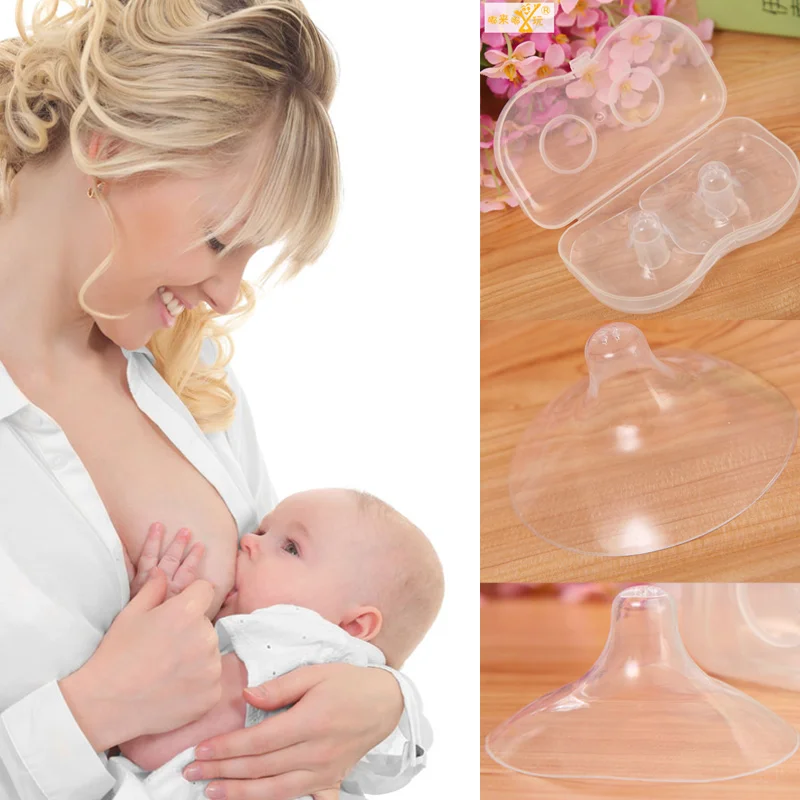
- The lower part of the areola (the areola) is in the baby's mouth.
- Baby's chin touches your breast.
Useful tip if you have flat or inverted nipples
If you have inverted or flat nipples, you need to help your baby achieve a good latch by grabbing the nipple along with most of the areola. Here are some helpful tips for breastfeeding mothers with flat or inverted nipples:
- Help yourself with your fingers: You can try to stretch the nipples by rolling them between your fingers in the center where the hole is located, so they create a slight pressure, and the nipple is pushed out.
- If these suggestions don't help, then use nipple shields when breastfeeding for the first time so your baby can latch onto the nipple and pull it out over time.
It's the journey that counts, not the destination
You are now armed with the knowledge you need to know about the basic nursing positions, as well as tips to help you get a good latch on while breastfeeding.
Remember that breastfeeding gets better with time and practice, so don't be discouraged if you run into obstacles or difficulties along the way, such as a bad latch.
Enjoy this special time with your baby and don't forget to consult your doctor or lactation specialist with any questions or concerns you may have.
Baby+ app
Download the app and track your child's development and growth with trackers and save those special moments forever.
Download app:
Pregnancy+ 9 App0003
You are leaving the Philips Healthcare (“Philips”) official website. Any links to third party websites that may be included on this site are provided solely as a convenience to you. Philips makes no warranties regarding any third party websites or the information they contain.
I understand
You are about to visit a Philips global content page
Continue
You are about to visit the Philips USA website.



